This guide explores a range of spices and salts, highlighting their distinct characteristics and culinary applications. For optimal flavor, purchase whole spices and grind them as needed. Store all spices and seasonings in airtight containers away from heat, moisture, and direct sunlight, replacing them every year or two as their potency diminishes.
Salts:
- Kosher Salt: A versatile, coarse-grained salt ideal for both cooking and table use (except for delicate doughs and desserts). Its clean, bright flavor is due to the absence of iodine and additives in some brands.
- Fleur de Sel: This delicate, crystalline salt, harvested by hand in Brittany, France, is considered a premium finishing salt. Its pure, almost sweet flavor with subtle floral notes enhances both sweet and savory dishes.
- Maldon Salt: These pyramid-shaped flakes from Essex, England, offer an intense salty flavor. Used as a finishing salt, their natural crystals contain no artificial additives.
- Table Salt: Finely granulated table salt dissolves quickly, making it suitable for baking. However, it may contain additives to prevent clumping and is often iodized, which can impart a metallic, bitter taste. Use sparingly as a substitute for coarser salts.
Peppercorns:
- Black Peppercorns: Dried, unripe berries from the pepper plant. Whole peppercorns are used in sachets d’épices, while cracked or ground black pepper adds robust flavor to various dishes.
- Green Peppercorns: Harvested early when still soft and underripe, green peppercorns offer a milder, slightly fruity flavor. They are often packed in brine and used in sauces, marinades, and meat dishes.
- Szechuan Peppercorns: Not true peppers, these rust-colored berries from the prickly ash tree have a fragrant, woody aroma with citrus notes and a mild numbing sensation. Toasting them before use enhances their flavor.
- White Peppercorns: Ripened berries with the outer husk removed, white peppercorns have a beige color and aromatic flavor. They are often used in light-colored sauces and should not be substituted for black pepper.
Spices:
- Allspice: This dried berry from the pimiento tree has a flavor reminiscent of clove, cinnamon, and nutmeg.
- Anise Seeds: These small, oblong seeds have a distinct licorice flavor and are used in both sweet and savory dishes.
- Cardamom: Aromatic seeds available in white, green, and black, used in baked goods and curries.
- Cayenne Pepper: A pungent spice made from dried red chiles, used more for flavoring than heat.
- Cinnamon: Dried bark from a tropical evergreen tree, available in sticks or ground.
- Clove: Dried flower buds with a distinctive spiked shape, used whole or ground.
- Coriander: Dried seeds of the cilantro plant, with a sweeter flavor than the fresh leaves.
- Cumin Seeds: Essential in Latin American and Indian cuisines, used whole or ground.
- Dry Mustard: Ground mustard seed, adding flavor to sauces, dressings, and meat dishes.
- Fennel Seeds: These seeds have a licorice-like aroma and flavor, used in various cuisines.
- Ginger: Available fresh, dried, ground, pickled, or candied, with a sweet, spicy flavor.
- Ground Dried Chile: Pure chile powder made from a single type of pepper.
- Juniper Berries: These bluish-black “cones” have a piney aroma and complement rich meats.
- Mustard Seeds: Available in brown and yellow, used in various cuisines and for making mustard.
- Nutmeg: These seeds have a pungent flavor and are used in sweet and savory dishes.
- Paprika: A powder made from dried red peppers, varying from mild to bold in flavor.
- Pimentón: Spanish paprika, often smoked, available in sweet, medium, and hot varieties.
- Red Pepper Flakes: A coarse seasoning made from dried chiles and seeds, adding heat to dishes.
- Saffron: Dried crocus flower stigmas, known for their vibrant color and delicate flavor.
- Star Anise: This star-shaped pod has a strong licorice aroma and is used in various cuisines.
- Turmeric: A ginger-related root, providing a yellow hue and peppery, bitter flavor.
Toasting and Grinding Spices:
Toasting whole spices before grinding enhances their flavor. Toast them in a dry skillet over medium heat, shaking the pan to prevent burning, until fragrant. Transfer immediately to a bowl or plate to cool before grinding.














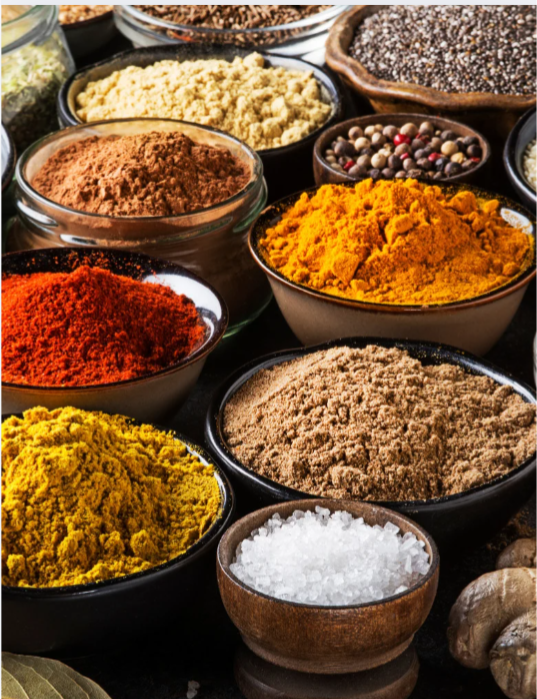
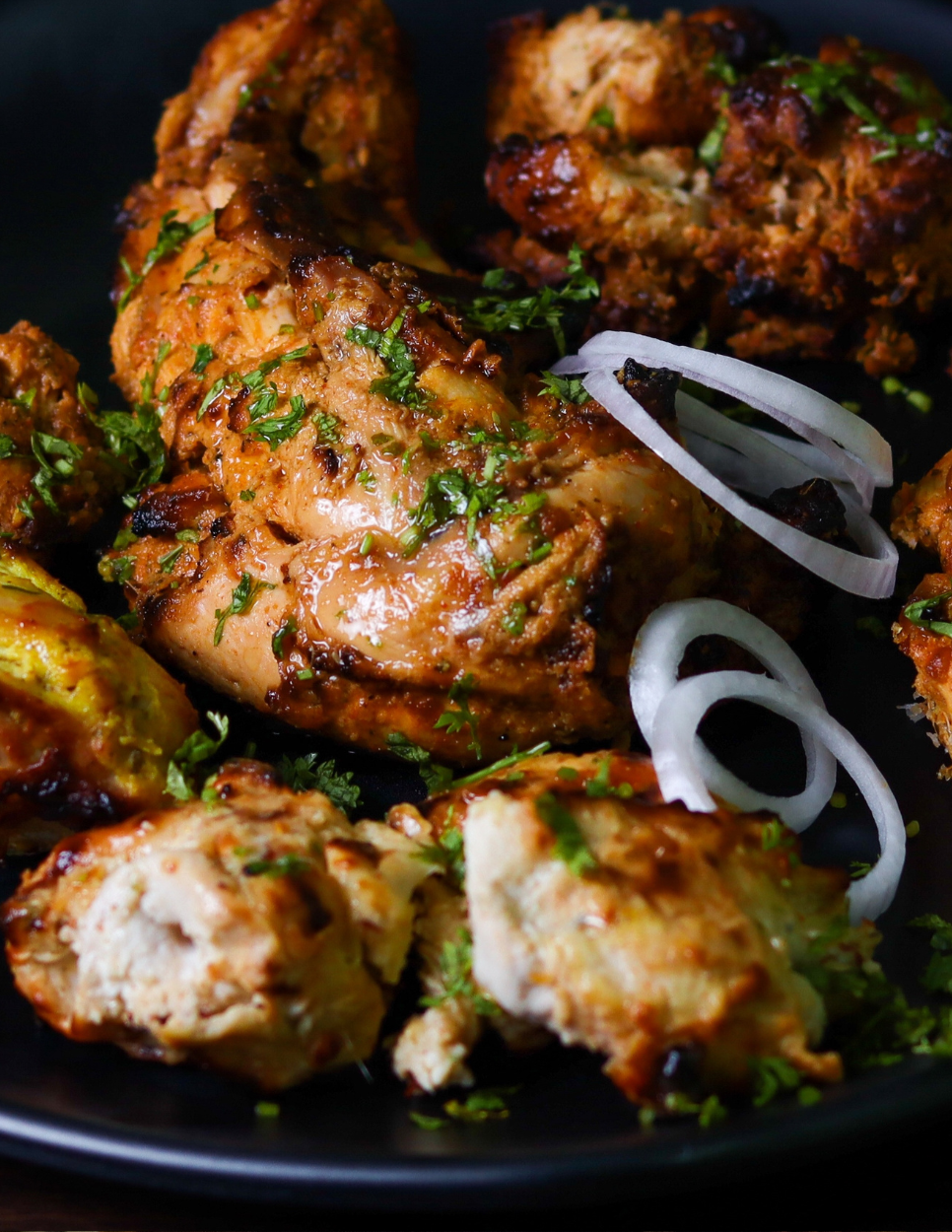
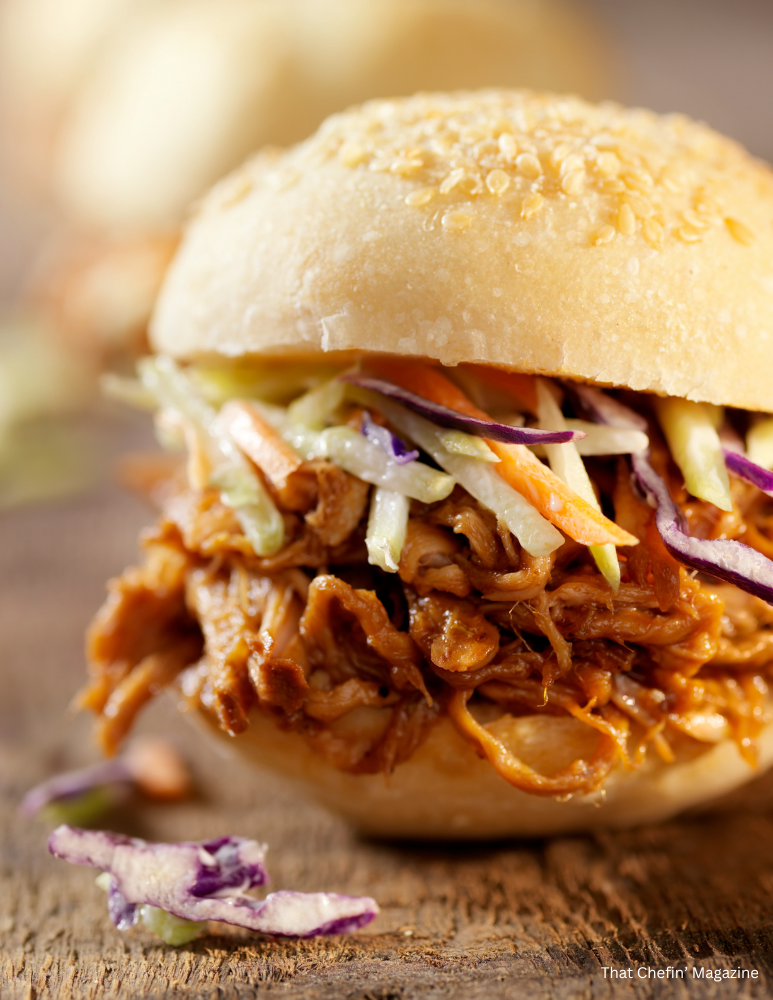
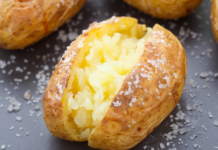





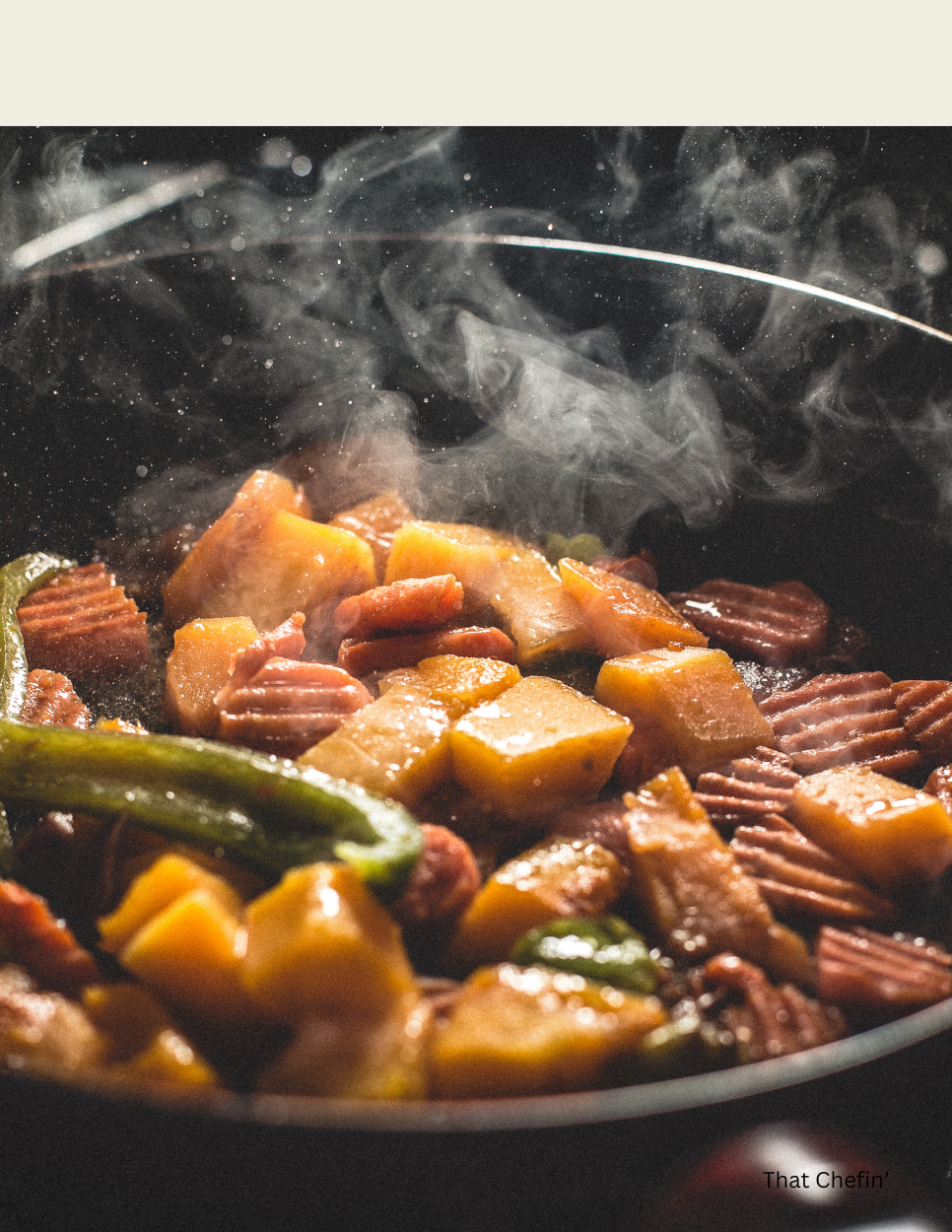

Awesome https://is.gd/tpjNyL
Awesome https://shorturl.at/2breu
Awesome https://lc.cx/xjXBQT
Very good https://lc.cx/xjXBQT
Good https://lc.cx/xjXBQT
Good https://t.ly/tndaA
https://shorturl.fm/qggUy
https://shorturl.fm/NrxIZ
https://shorturl.fm/DkxEo
https://shorturl.fm/nk95D
https://shorturl.fm/l4PoQ
https://shorturl.fm/SYRbm
https://shorturl.fm/fClwf
https://shorturl.fm/1Og6q
https://shorturl.fm/7RKLg
https://shorturl.fm/dn1vr
https://shorturl.fm/wFypR
https://shorturl.fm/vlnXF
https://shorturl.fm/CpStw
https://shorturl.fm/OA39E
https://shorturl.fm/tBCpB
https://shorturl.fm/6ASXR
https://shorturl.fm/wKMZ6
https://shorturl.fm/qcLzc
https://shorturl.fm/kPIbB
https://shorturl.fm/vwlyQ
https://shorturl.fm/Dn3pC
https://shorturl.fm/09A7O
https://shorturl.fm/I3pnH
https://shorturl.fm/hG9hm
https://shorturl.fm/6ynTj
https://shorturl.fm/oMAde
https://shorturl.fm/ciF09